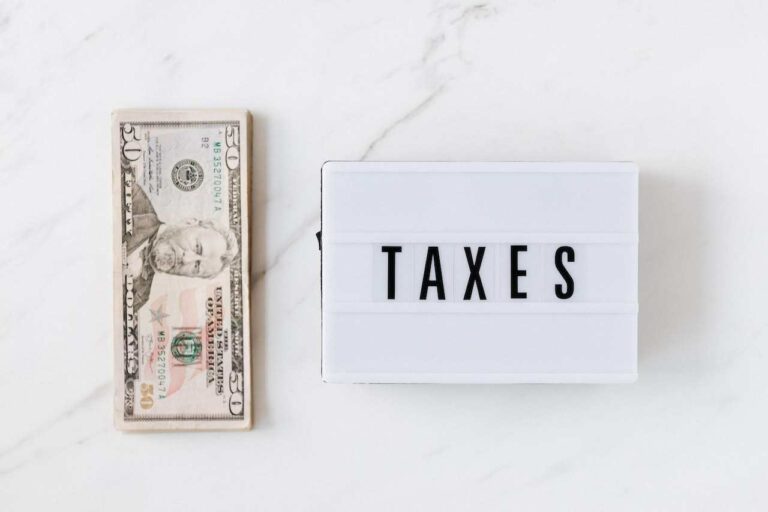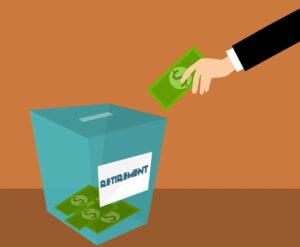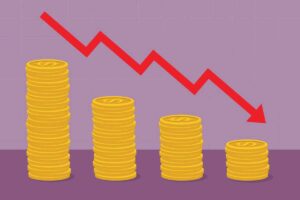Fiscal policy: meaning, tools, implications, and more

What is fiscal policy?
Fiscal policy involves the use of government tools to influence the level of economic activity. It encompasses both discretionary fiscal policy, where deliberate changes in taxation and spending are made in response to economic conditions, as well as automatic stabilizers, which are built-in features of the tax and spending system that automatically adjust in response to changes in economic conditions.
Fiscal policy is guided by various economic theories and models, including Keynesian economics, which emphasizes the role of government in stabilizing the economy through changes in spending and taxation during periods of recession or inflation. Other theories, such as supply-side economics, advocate for the use of fiscal policy to promote economic growth by incentivizing production and investment through tax cuts and deregulation.
Fiscal policy is also influenced by political considerations, as government decisions on taxation and spending are often shaped by policy priorities, political ideologies, and public opinions. The implementation of fiscal policy requires careful consideration of various factors, such as the state of the economy, budget constraints, and long-term sustainability to ensure its effectiveness in achieving economic objectives.
A deeper understanding
Fiscal policy, which includes the use of government taxation and spending to shape a country’s economic conditions, is a critical tool in macroeconomic management. It refers to deliberate government actions taken to influence aggregate demand, stabilize the economy, and achieve specific economic goals. A thorough understanding of fiscal policy is essential for policymakers, economists, and citizens alike to make informed decisions and contribute to a country’s overall economic well-being.
This policy is multifaceted and complex, encompassing government revenues, expenditures, and deficits. It entails the collection of revenue from individuals, businesses, and other entities through taxation, as well as government spending on programs and services such as infrastructure development, social welfare, defense, and education. The combination of taxation and government spending decisions can have a significant impact on the economy’s overall health.
Tools of fiscal policy
Taxation and government spending are the primary tools used by governments to implement fiscal policy. Taxation involves the collection of revenue from individuals, businesses, and other entities to fund government expenditures. Taxes can be levied on various types of income, including wages, profits, and capital gains, as well as on goods and services through sales taxes, value added taxes (VAT), and other forms of consumption taxes. Governments can also impose taxes on property, wealth, and international transactions, among other areas.
Government spending encompasses the allocation of funds by the government to finance various programs and services. This includes expenditures on infrastructure development, education, healthcare, social welfare, defense, and other areas. Government spending can be discretionary, where policymakers make deliberate decisions on spending priorities based on economic objectives and policy priorities. It can also be automatic, as certain government programs and services are mandated by law and automatically adjust in response to changes in economic conditions, such as unemployment benefits during a recession.
Fiscal policy and macroeconomic management
Fiscal policy is employed by governments to achieve specific economic objectives. One of the key objectives of fiscal policy is to stabilize the economy. During periods of recession, governments can use fiscal policy tools to increase government spending or cut taxes to boost aggregate demand, stimulate economic activity, and reduce unemployment. Conversely, during periods of inflation, fiscal policy can be used to decrease government spending or raise taxes to reduce aggregate demand, curb inflationary pressures, and maintain price stability.
The policy is also used to promote economic growth. Governments can use fiscal policy tools to incentivize production and investment, such as through tax cuts on business profits, research and development (R&D) expenditures, or capital investments. By creating favorable tax policies, governments can encourage businesses to expand, invest in new technologies, and create jobs, which can stimulate economic growth in the long run.
Implications of fiscal policy
Fiscal policy has a significant impact on aggregate demand, which is the total demand for goods and services in an economy. Fiscal policy can affect the overall spending patterns of households, businesses, and the government by changing taxation and government spending levels, which in turn affects the level of aggregate demand in the economy.
Expansionary fiscal policy, which includes increased government spending or tax cuts, can boost aggregate demand by injecting more money into the economy. This can result in increased consumer spending, business investment, and government spending, all of which can drive economic growth and reduce unemployment during a recession. However, if not carefully managed, expansionary fiscal policy can result in increased budget deficits or inflationary pressures.
Contractionary fiscal policy, which involves reduced government spending or tax increases, on the other hand, can reduce aggregate demand by reducing the amount of money available for spending and investment. This can be used to control inflation, cool a hot economy, or reduce fiscal deficits. Contractionary fiscal policy, on the other hand, may result in lower consumer spending, lower business investment, and potentially negative effects on economic growth and employment.
Another important implication of fiscal policy is economic stability. Governments can use fiscal policy tools to stabilize the economy by managing fluctuations in aggregate demand and maintaining price stability. During a recession, for example, expansionary fiscal policy can be used to increase government spending or cut taxes in order to boost demand and stabilize the economy. Contractionary fiscal policy, on the other hand, can be used to reduce demand and reduce inflationary pressures during times of inflation.
Conclusion
Fiscal policy, through taxation and government spending, can influence aggregate demand, stabilize the economy, and address a variety of economic challenges. Fiscal policy implementation necessitates careful consideration of a number of factors, including the state of the economy, government revenues and expenditures, and long-term sustainability. Furthermore, fiscal policy is inextricably linked with other policy tools, such as monetary policy, and requires a coordinated approach to achieve the best results.
Frequently Asked Questions
Fiscal policy can be challenging in addressing both inflation and unemployment simultaneously, as they often require opposite policy actions. For example, policies to reduce inflation, such as raising taxes or cutting government spending, can also lead to increased unemployment. Finding a balance between these conflicting objectives is complex and requires careful consideration of the specific economic conditions.
Fiscal policy can be a useful tool for addressing many economic issues, but it may not be effective in solving all problems. Some issues, such as structural unemployment or supply-side constraints, may require other policy interventions, such as structural reforms or targeted policies. Fiscal policy should be part of a comprehensive approach that takes into account the broader economic context and specific challenges at hand.
Don't miss a thing. Follow us on Telegram and Follow us on WhatsApp. If you love videos then also Subscribe to our YouTube Channel. We are on Twitter as MakeMoneyDotNG.





